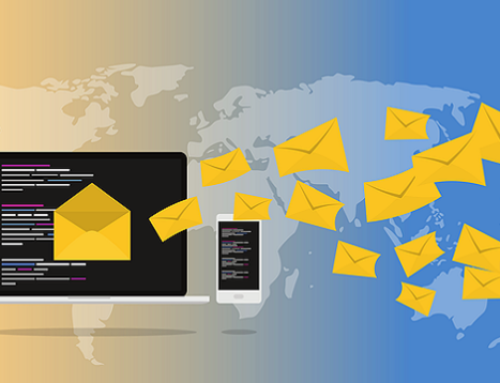For more details, I encourage you to check out the in-depth article from The Washington Post.
Tempting clicks
Often, bad actors trick employees by using websites, URLs and email addresses that are just a letter or two off from their legitimate counterparts. For example, BigBossCEO@Company.com becomes B1gB0ssCEO@Company.com. If an email looks suspicious, hunting for alternate spellings is a good first line of defense.
Be aware of social media, file-sharing tools and email marketing
LinkedIn, Microsoft Office 365, Google’s G-Suite and Dropbox have all been home to messages containing ransomware.
Phishing attempts also may disguise themselves among the mountains of emails brands send to people on their marketing lists. Like real email promotions, the subject lines are often tied to current events, Liska says. So, if you get an email from what looks to be Coca-Cola promising you a free beverage to celebrate the upcoming Olympics, look out for funky links and attachments.
What if you’ve already opened a phishing link or attachment?

The “gap” is incredibly valuable for your company’s IT team
You might feel tempted to pretend like nothing happened and hope no one notices. But don’t do that.
“That is often the first reaction, and it is not ideal,” Kalember says. “When you fall for something, the attacker still has some window of time where they have to figure out what they’ve just got and whether it’s even worth taking advantage of.”
That gap — or dwell time, in industry lingo — is incredibly valuable for your company’s IT team. If you report what happened right away, odds are you’re in line with your company’s security policies and have little to worry about. Phishing emails are common, and it’s tough to expect employees to get it right 100 percent of the time.
But if you brush the incident under the rug, it could come back to haunt you. When ransomware attackers use phishing to access company networks, they do so through a compromised employee account. By reporting your encounter with a phishing email, you distance yourself from any subsequent malicious activity coming from your accounts.
What should your Managed IT Services Provider be doing to help your company’s people be safe?
- Train employees to spot phishing attempts
- Authenticate your corporate email domain.
- Clarify what employees should do if they click a suspicious link or attachment.
- Leave room for human error.
- Conduct ongoing security testing.
Are you ready for
Managed IT Services?
Yes, it’s important to me to have:
- Strategic IT Direction
- Peace of mind
- A team of collaborative IT professionals
- Proactive maintenance
- Improved uptimes and productivity
- Predictable monthly costs
- Procurement management

You must be logged in to post a comment.